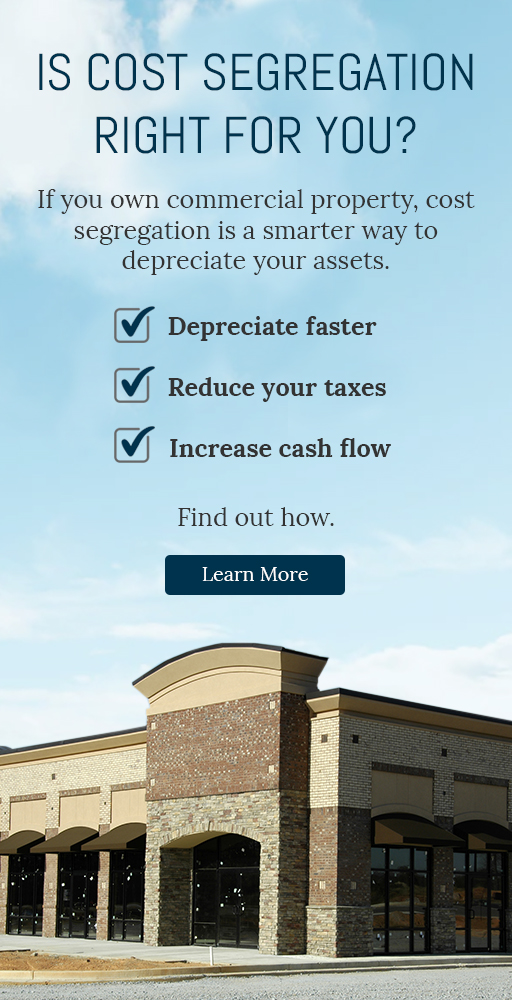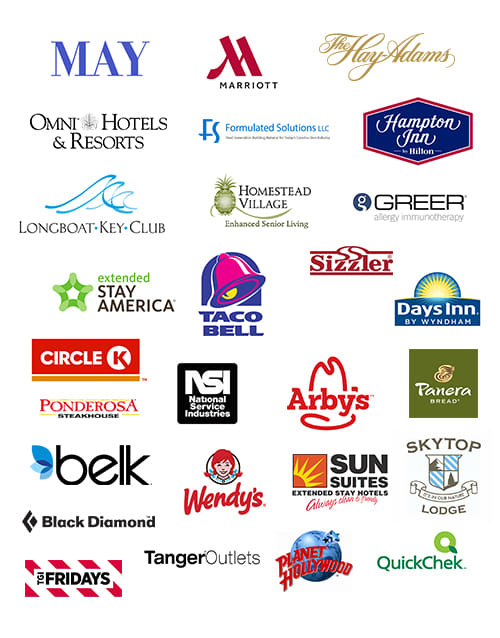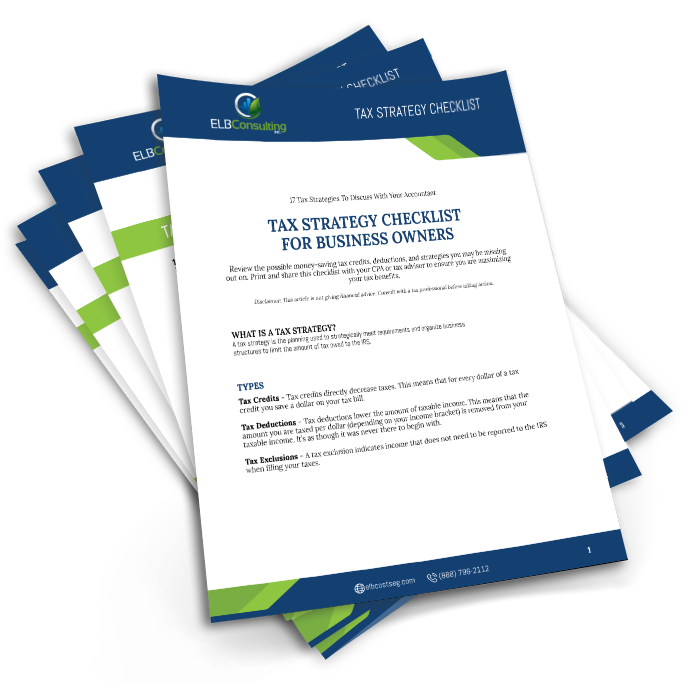By using a detailed methodology, a cost segregation study will deliver cash value now and in future years. Methodology matters. A forensic cost segregation breakdown of commercial property on the market makes a difference today and tomorrow.
Why Cost Segregation Methodology and Approach Matters
What many people don’t realize is that cost segregation methodology and approach makes a difference. Nearly all national cost segregation firms provide a residual or ‘engineering based’ report, or possibly a hybrid of the two. Engineering based sounds like it should be the most detailed, but in most cases is not. While the building owner will realize value, there will be money left on the table. A “fully engineered and accounted” report will deliver maximum benefits both now and later.
This became more apparent to the marketplace when the final repair and maintenance rulings were issued. The regulations clarified two key things:
- Guidelines for expense vs. capitalization
- How firms are to deduct repairs and dispositions
Clearly the tax benefits from expensing vs. capitalizing can be substantial; taking immediate deduction vs. a capitalized cost depreciated over years.
- Maintaining or restoring to the ordinary condition as “in service date” will qualify as an expense. For example; repair/replace roof membranes, HVAC replacements, etc.
- If an expenditure qualifies as a facility ‘betterment’, then it must be capitalized. Property expenditures that focus on expanding the structural capacity, enhancing operational productivity and/or efficiency, improving production quality or output, and have a material impact on structural strength; generally, qualify as a betterment.
What is Unit of Property
To further clarify or determine which category, the new rules have adapted a property value identifier called unit of property (UOP). The value of the UOP will help determine whether to expense or capitalize the item. ELB’s “fully engineered and accounted” study clearly defines all units of property, no matter how small.
If 5, 7, 15, and 39 (or 27.5) UOP items are not specifically itemized in detail or lumped together in a general property category, it is impossible to identify the value of specific property when repairs or betterments are done; not to mention questions that will arise in the event of an IRS audit.
We see this all too often when new clients ask us to follow a competitor to address their dispositions and improvements. The lack of tax asset detail makes it impossible to carve out dispositions off their current basis value.
How Can You Benefit in the Future With Cost Segregation Methodology?
ELB’s “fully engineered and accounted” methodology breaks down a building into the most detailed, itemized and specific components of the CRE property sub-systems. Therefore, taking advantage of future dispositions and abandonment benefits is easily handled. Additionally, any future improvements, TI’s or betterments are easily defined with the appropriate depreciable life; which will likely qualify for a short-life treatment, versus 39 years.
This process also eliminates the ghost assets that will be left behind from other less detailed cost segregation studies. Many firms have ghost assets on their books because when they did repairs, maintenance or improvements; they did not have a way to accurately quantify the value of the assets that qualified for disposition.
ELB Delivers Value Across the CRE Asset Life
- Maximize allowable depreciation deductions/increased cash flow with initial report,
- Properly handle disposition/abandonment per final repair regulations, then
- Properly classify the asset life of new capitalized betterments or TI’s
Methodology matters. From experinence, our methodoldy exposes an average of beteween 5% and 10% additional identified depreciation using the “fully enginnered and accocunted” methodology (sometimes more).
For example: assuming just a 5% pickup on a $10M building, we identify an additonal $500K in deductions, which equates to an additional $175,000 in cash value (35% tax bracket) realized with our methodology.
That’s the money other reports are leaving on the table up front. Not to mention the future value avaiable as set forth by the final IRS repair regulations.
Henry Wadworth Longfellow is famously quoted, “it takes less time to do a thing right, than to does to explain why you did it wrong”. We couldn’t agree more.
You may be missing out on tax benefits.
Own commercial property?
We can help you find smarter ways to depreciate your property and reduce your taxes. Tell us about yourself and we’ll see how much you could be saving.




